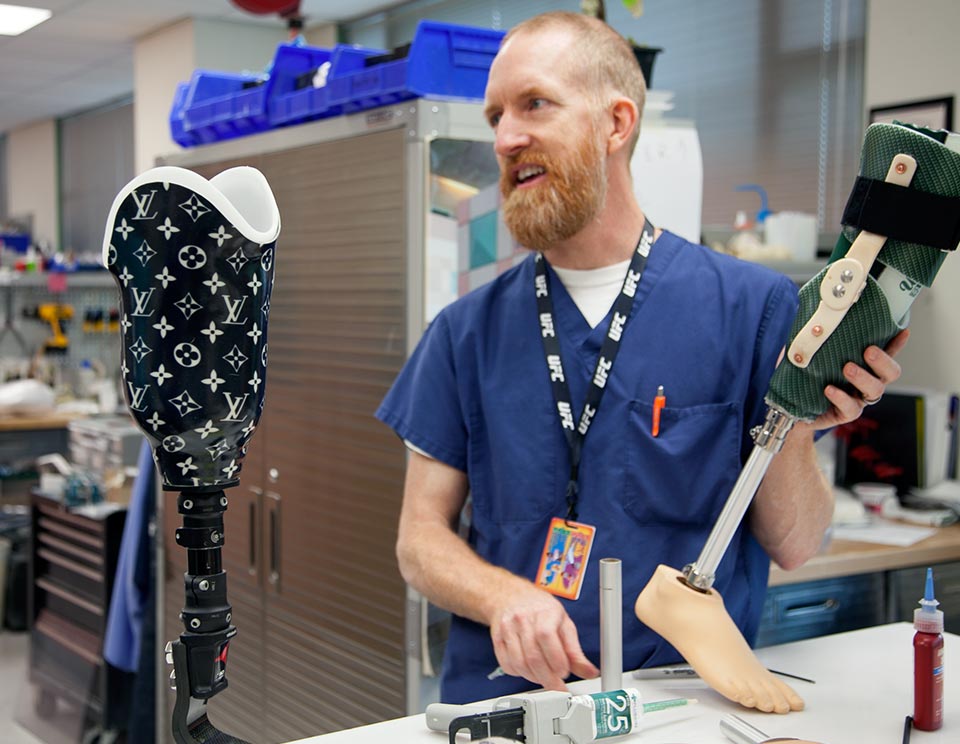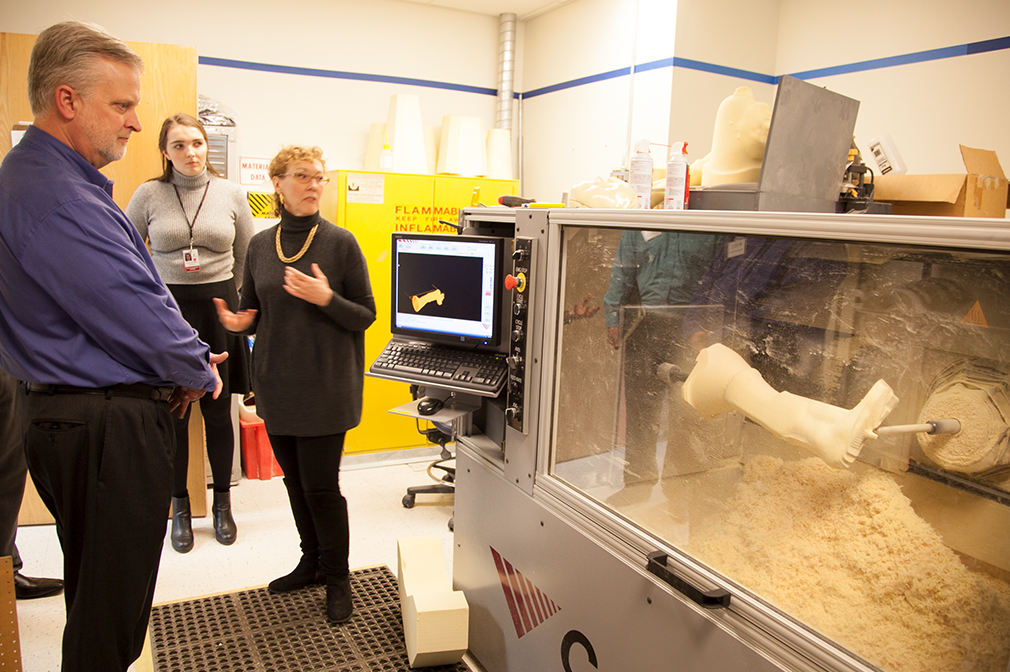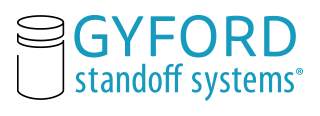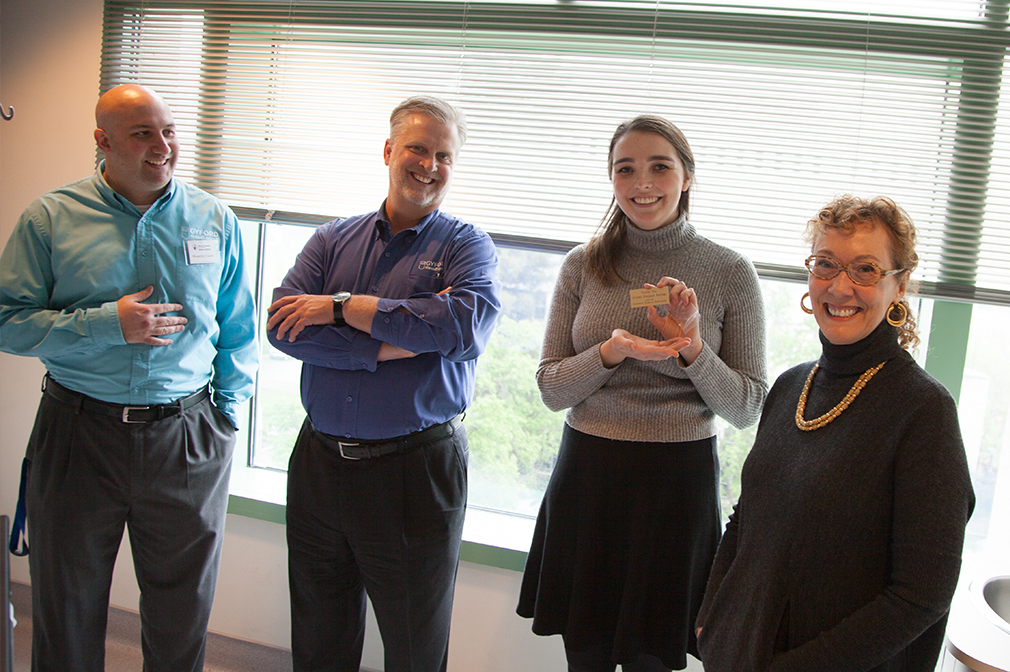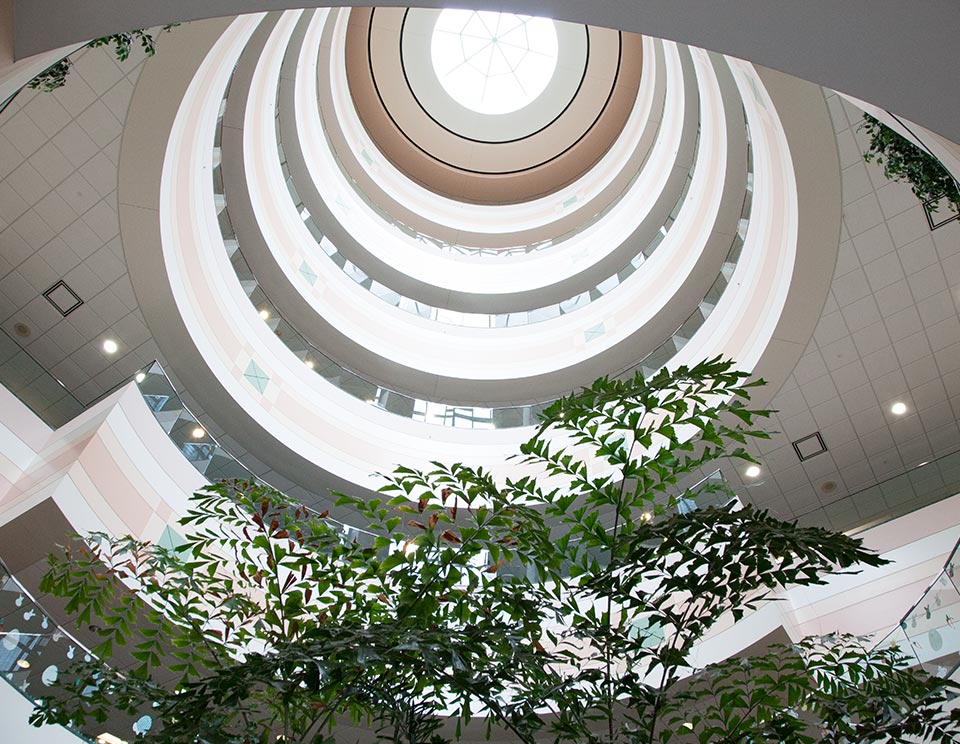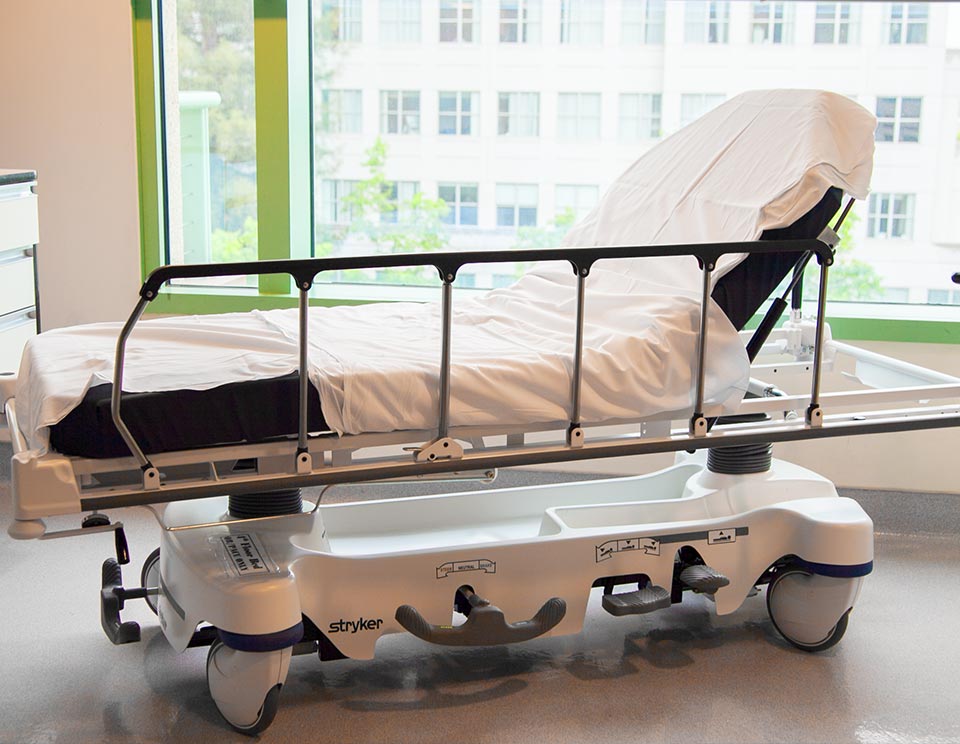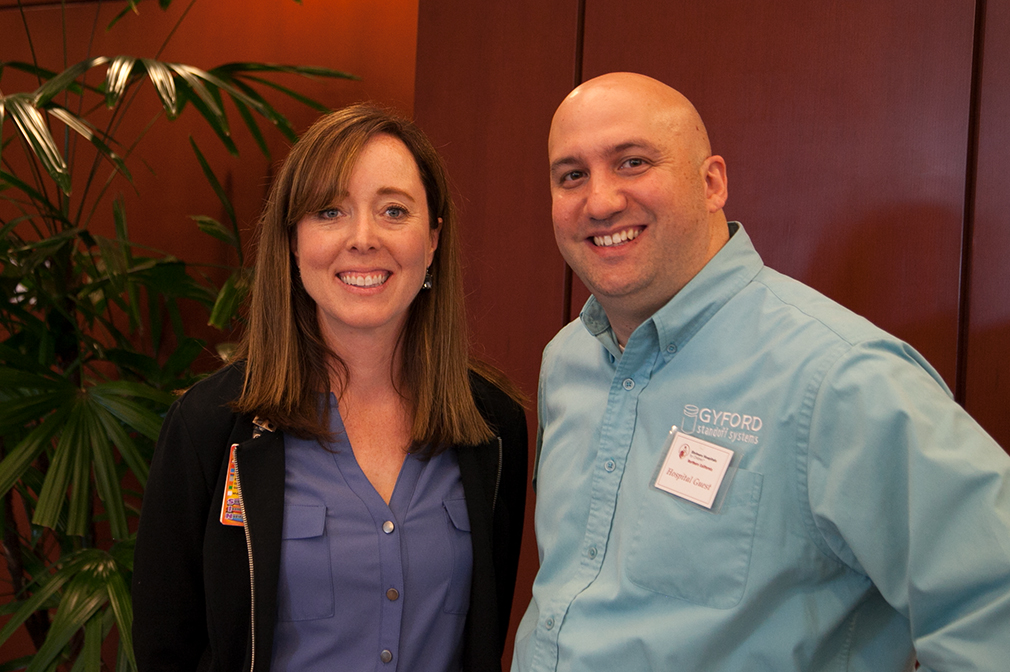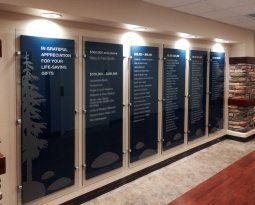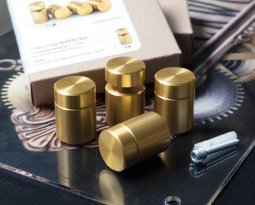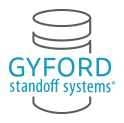Gyford StandOff Systems visits Shriners Hospitals for Children – Northern California
Gyford StandOff Systems employees recently visited the Shriners Hospital in Sacramento, CA to understand how charitable giving of any size and scope can impact healthcare facilities. This connection between the two organizations started with a personal account of an employee that needed the Shriner’s help at one time to treat a child and years later the employee was able to give back with the help of Gyford StandOff Systems and their customers.
Designing a Giving Program
Charitable giving can supplement activities an organization is already engaged in. Gyford StandOff Systems decided to tie one of the company’s sales promotions to raising money for a charity. In June of 2016 the company offered 5% off their StandOff kits and pledged to donate 10% of those sales to the hospital. This gave their customers a chance to give as well. Gyford regularly runs sales promotions and working in these opportunities was a great way to quickly and painlessly start a giving program.
Connecting with the Non-Profit
It is always a good practice to contact the non-profit organization and ask what the organization needs. Organizations may have a surplus of money but no volunteers. Other pitfalls in charitable giving are assuming that an organization is willing to receive donations of hard and soft goods such as coats, shoes or blankets without checking first. There may be strict guidelines regarding what the organization may receive in a donation and every organization will be different.
Gyford contacted Shriner’s and found that the Development Department for the hospital receives wish lists from various departments of the hospital. These lists may be provided to donors and then the hospital staff will source the equipment chosen to ensure that the correct and approved equipment is purchased. This gives individuals an opportunity to actually donate tangible equipment and supplies and really understand how their donation, big or small, has made an impact. Gyford saw that there was a need for a new gurney and mattress and decided this would be their donation.
Follow-through
After an amount for the gurney was donated and the gurney was procured by the hospital, Gyford employees were given a chance to see their donation in action and understand more about what challenges a healthcare organization like this one might have. Gyford employees received a wonderful tour of the hospital by Melissa Wood, Joe Ramos and Anna Nicholson of the Development Department. Gyford Employees were able to speak with the hospital staff that actually use the new gurney and hear what a difference this new piece of equipment was making. The new equipment replaced a well-used older model that had failing hydraulics, stiff steering, and tears in the mattress that represented a risk of bacteria entering the mattress. Kanoe Allen, Director of Patient Care Service declared that no one would ever use the old gurney again to the applause of all in the room.
Gyford employees also had a chance to visit the Pediatric Orthopedic and Prosthetic Services Lab and discuss hardware with the talented hospital employees that were creating custom prosthetics. 10 percent of the prosthetics market is attributed to child patients and finding off-the-shelf solutions is a rare occurrence. At Shriner’s the technicians create custom prosthetics by hand with additional capabilities or features that might not be included in a standard prosthetic.
Some personalized touches include a hand that can fit a softball glove or the capability to attach tools such as cooking whisks for the child that enjoyed cooking before losing the limb. Melissa Wood of the Development Department stated that “Shriner’s creates over 350 prosthetics per month and their approach is to make the prosthetic for what the child needs but also keep in mind what the child wants to do”.
80 percent of the patients receiving care at this Shriner’s location are able to be treated through outpatient procedures. However for the other 20%, the hospital prides itself on having a small pre-op, operating room, and recovery footprint so that the parents of a child receiving care are always close and know exactly where their child is.
The hospital also has state of the art technology such as a Canfit Axis Carver that carves out prosthetic molds with the help of a computer. The department no longer relies on antiquated methods such as taking a plaster or fiberglass mold of a patient. By scanning the patent and creating a software model, the patient doesn’t even need to be present when the mold is being created.
The hospital also has a Motion Analysis lab. With the aid of cameras and reflectors placed on a patient, technicians have the ability to create a 3D model of the patient. This is the same technology used to create models of real people in video games and computer enhanced characters in motion pictures. Shriner’s Hospital kinesiologists use the technology to better understand how a patent is moving. The patient movement and brain function are analyzed, and a treatment regimen is created to give the child the greatest possibility of attaining improved movement.
Benefit to the Donors
Aside from seeing their donation actively being used, touring the facility to understand the work environment and challenges the hospital overcomes gave See our Standoff Kits page to make your doGyford employees a more complete view of their customer’s customer. Gyford employees gained valuable insight to the healthcare environment and how Gyford products from way finding sign to partition hardware can improve any healthcare environment. Gyford StandOff Systems is looking forward to working with the hospital in the future.
For more information about Shriner’s Hospitals for Children visit shrinerschildrens.org

